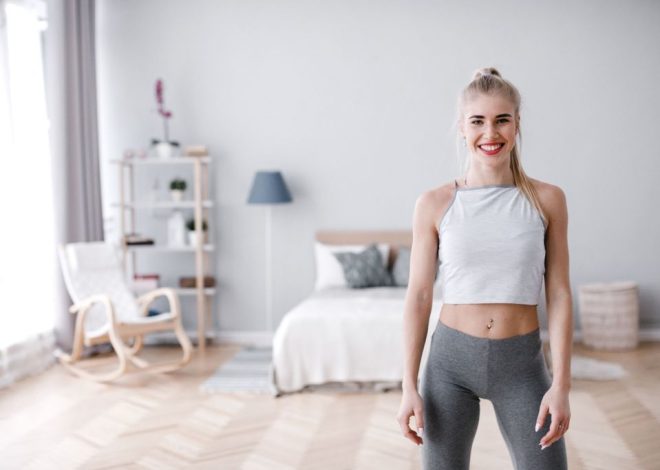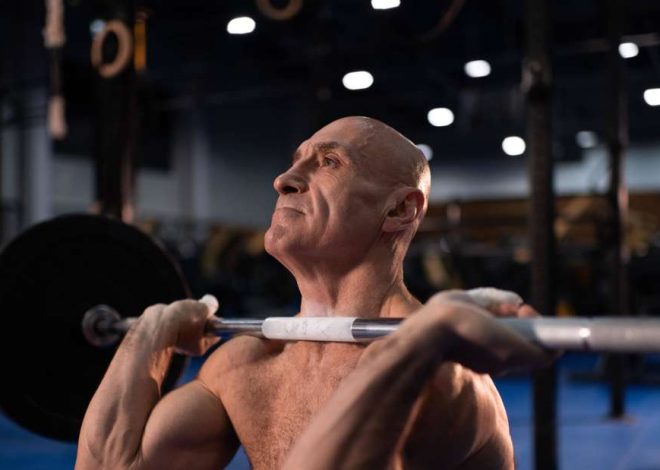
Which shoes are suitable for effective strength training?
Press

The right pair of shoes can make a big difference in the gym. In order to do effective strength training, the shoes have to meet certain requirements. A fitness expert explains what you should look out for.
If you look around the gym, you will usually discover a colorful potpourri of footwear: running shoes, fashion sneakers, trainers, barefoot shoes, weightlifting shoes, hard court shoes, Chucks and even flip-flops – apart from moccasins and high heels, everything seems to be there. Not all of them are conducive to strength training. Find out here what is important in a gym shoe.
Running shoes and sneakers – the difference
There are significant differences between sneakers (everything that can be understood under the terms Fitness shoes, Trainers, Workout Shoes or Gym Shoes understands) and running shoes. Running shoes are designed to support forward movement from heel to toe, but not sideways or upward movements. A higher drop (difference in height between the heel and the ball of the foot/toes) gives a running shoe additional cushioning and thus protects joints and ligaments from wear and tear and injury. The mesh materials often used make the shoe light and breathable – perfect for running.
A sneaker, on the other hand, is designed for multidirectional and lateral movements. In general, it has a lower drop and less cushioning. This makes the shoe more stable and reactive than running shoes – ideal for quick changes of direction, for example.
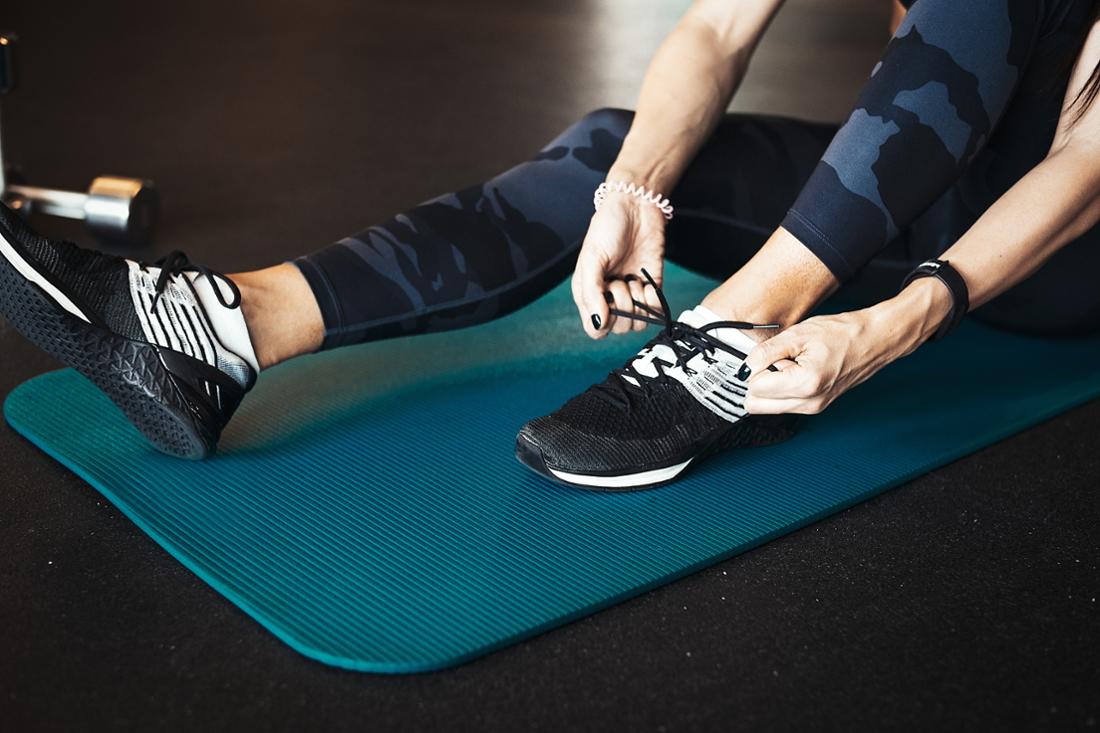
Read more: How much muscle mass can you build in a month?
Running shoes and sneakers are therefore light, flexible and cushioned and have a sole that is suitable for different surfaces. Both types of shoes are suitable for cardio training. In classes that include boxing movements, dance steps or the like, sneakers have clear advantages because you have better grip and stability.
Running shoes are not suitable for training on machines or with free weights – especially compound exercises such as squats with a barbell. After all, you need stability and direct power transfer and you don’t want the power generated to be lost in the cushioning of the shoe. Gym shoes are an option for training with light and medium weights. But if you put heavy plates on the squat rack and work on your maximum strength, you can’t avoid specific shoes for targeted training.
Also interesting: More effective than sit-ups! Expert reveals three exercises for strong abdominal muscles
Training plan for gym beginners
Are you new to the gym and want to lose weight and build muscle? You can download the training plan PDF for free HERE.
To do this, you must register once and easily with our login service USER.ID.
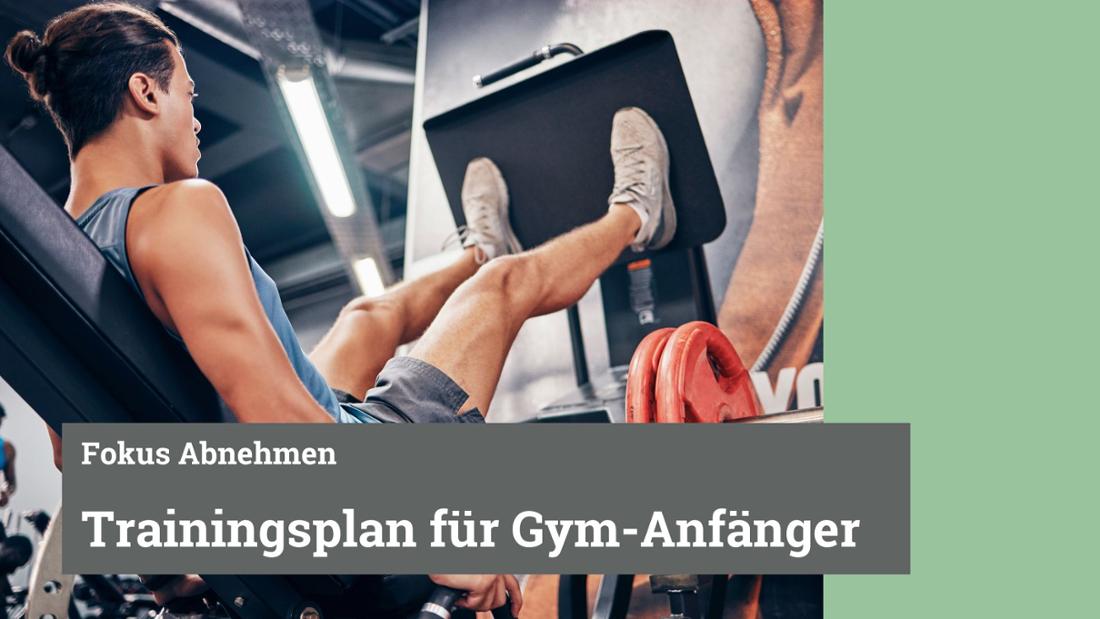
Heavy strength training only with weightlifting shoes
Weightlifting shoes are designed for the weight room in the gym, but are less fun to use in cardio. They have a flat, grippy sole and a wide toe area. This provides support and stability. The solid, secure sole ensures that all the power is directed into the lift – and not into the shoe – during exercises such as Olympic weightlifting.
Lifting shoes also have a reinforced upper that protects the feet from falling weights and a raised heel. This improves movement during a squat, especially if you have limited mobility in the ankle. The raised heels allow you to get deeper into the squat, as a study has shown. Tip: You can also achieve this effect with normal gym shoes without heels if you place weight plates under your heels when doing squats.
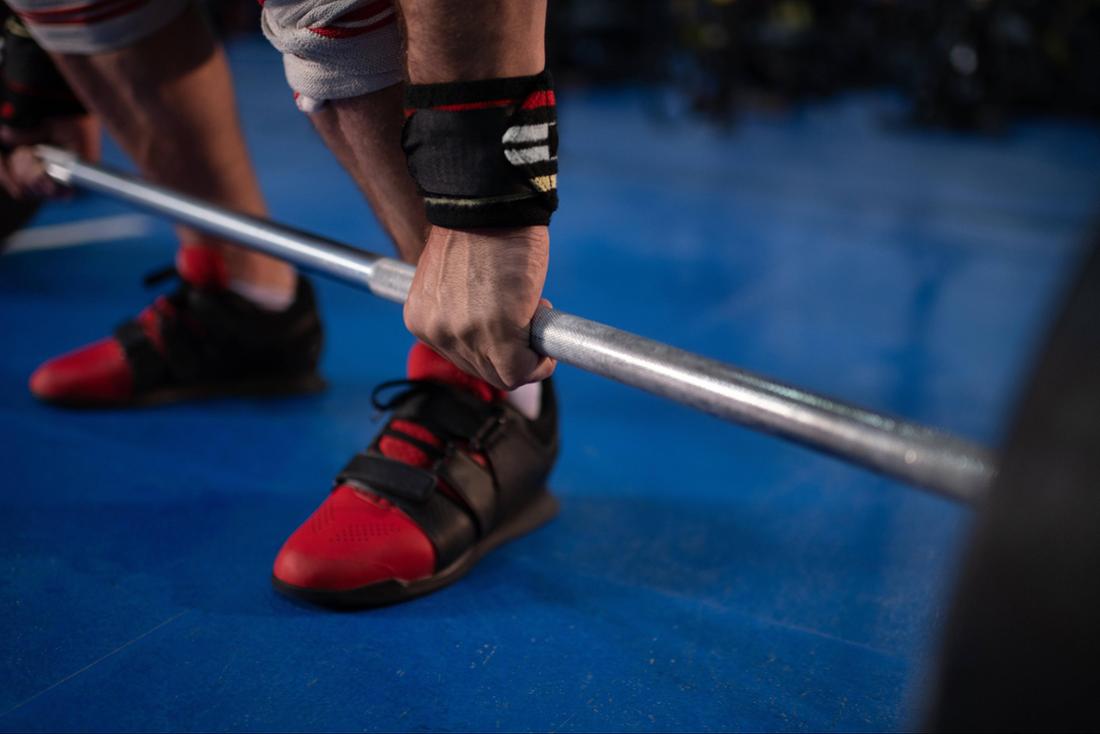
Also interesting: Myo-Reps for maximum muscle growth in the shortest time – how it works
Shoes for strength training: Are barefoot shoes an alternative?
Particularly in the CrossFit area and in the functional training of professional athletes, the trend towards barefoot shoes for strength training is becoming more and more common. They seem to be developing into a real alternative for lifting. This is because – similar to weightlifting shoes – they also offer freedom of movement in the toe area and high stability in the back of the foot due to the almost direct contact with the ground. Barefoot shoes do not necessarily have to be based on the Five Fingers model. And there are now also more stylish models for the gym that don’t look quite so bad for flat feet.
However, barefoot shoes also have a few disadvantages, such as the somewhat loose lacing and the light upper material, which hardly protects the foot if a weight tips over or falls down.
Read more: Benefits and variations of superset training
Conclusion: Find out which training shoe is suitable for your needs in the gym
Which shoe is best for your gym workout depends on personal preference, of course. If your main goal is to train on the treadmill, cross trainer or the like before doing bodyweight exercises on the mat such as planks or push-ups, a classic running shoe will suffice.
However, if your training consists of a mix of cardio training, strength training on machines and with free weights or courses, you should choose a sneaker with all-round qualities. These include, for example, models that are used in CrossFit. If you lift heavy weights and do specific training to increase performance in the maximum and explosive strength range, you cannot avoid weightlifting shoes.
Also interesting: Which muscle groups should you train together?
During my competitive sports career in alpine skiing and ski cross, Olympic weightlifting was on the agenda several times a week, depending on the training phase. Therefore, I know the advantages of a classic weightlifting shoe with a stable sole, heel and a combination of lacing and Velcro. You can put significantly more power into the exercise and stimulate the muscles optimally than with a normal sneaker. Currently, I no longer train with very heavy weights, so a Crossfit shoe in the gym is completely sufficient for me.
By the way: You should only wear flip-flops for strength training if you’ve had a pedicure and are only doing seated exercises for your biceps and a broad chest so that you look good in your swimming trunks. Then it doesn’t matter that you have an unstable rubber boat with no support or guidance under your feet!
The author is a former competitive athlete (alpine skiing and ski cross), certified fitness trainer (B license) and ski instructor

Ethel Purdy – Medical Blogger & Pharmacist
Bridging the world of wellness and science, Ethel Purdy is a professional voice in healthcare with a passion for sharing knowledge. At 36, she stands at the confluence of medical expertise and the written word, holding a pharmacy degree acquired under the rigorous education systems of Germany and Estonia.
Her pursuit of medicine was fueled by a desire to understand the intricacies of human health and to contribute to the community’s understanding of it. Transitioning seamlessly into the realm of blogging, Ethel has found a platform to demystify complex medical concepts for the everyday reader.
Ethel’s commitment to the world of medicine extends beyond her professional life into a personal commitment to health and wellness. Her hobbies reflect this dedication, often involving research on the latest medical advances, participating in wellness communities, and exploring the vast and varied dimensions of health.
Join Ethel as she distills her pharmaceutical knowledge into accessible wisdom, fostering an environment where science meets lifestyle and everyone is invited to learn. Whether you’re looking for insights into the latest health trends or trustworthy medical advice, Ethel’s blog is your gateway to the nexus of healthcare and daily living.


